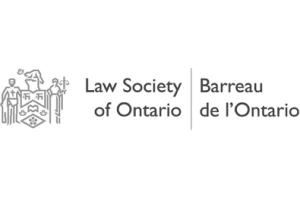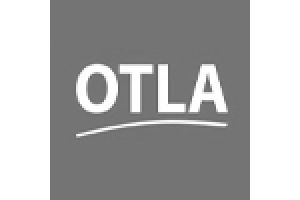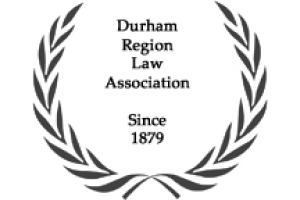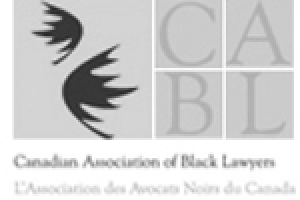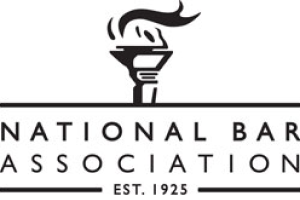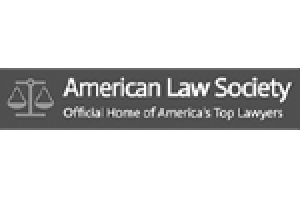CertainTeed Corporation

The first product registered by the CertainTeed corporation in Canada was a product called Fluid-Tite. Fluid-Tite was a line of asbestos cement products including pipes, elbows and couplings originally registered by Keasbey & Mattison in 1956. When CertainTeed purchased the asbestos pipe division of Keasbey & Mattison in 1962 the name became the property of CertainTeed together with the liability that went with the asbestos cement pipe division.
The name CertainTeed was not ™ registered for use in Canada until March 2000 although the company indicated with their registration documents that they had been selling their products in Canada using the corporate name for many years.
CertainTeed was originally a roofing company started by George M. Brown in 1904. The business was called the General Roofing Manufacturing Company. Brown developed two types of asphalt roofing materials together with a line of roofing felt. In keeping with his military background Brown gave his products lines names like Sergeant, Corporal, Guard and Major to project confidence in his products. At this point Brown had only a small roofing plant, a small dry felt mill and few employees, however the business was doing well and operating at maximum capacity.
To expand the business Brown purchased two paper mills in 1910 and converted them to felt mills. Next, he erected manufacturing plants near his felt mills to make his roofing products. 1913 saw General Roofing producing its first asphalt shingles that hit the market at a lower cost point than wooden shingles. Due to their durability and flame resistance the product line went a significant way towards meeting the company goal of being the “world’s largest manufacturer of roofing and paper products”. Company profits were reported to be just over $200,000 in 1912. By 1914 CertainTeed was opening sales offices throughout the United States and the factories were producing roofing materials around the clock.
With success, Brown decided to incorporate in 1917. When the company was incorporated the name Certain-teed Products Corporation was chosen as a contraction of the company motto, “Quality made CERTAIN . . . Satisfaction guaranTEED. The company quickly went on to be publicly traded and emerged on the New York stock exchange in 1918.
CertainTeed eventually developed products for use in roofing, insulation, walls and ceilings. Paint became a mainstay of the business, including lacquers and varnishes, early in company history. Floor coverings, using the same felt material as used in the roofing products, started being developed in 1920 with the addition of gypsum wallboard in 1923. Expansion continued through the 1920s with the headquarters being moved to New York City and plants expanded and acquired so that by 1929 CertainTeed was producing building products in 15 states.
When the Great Depression hit CertainTeed took some cost cutting measures by reducing production and lowering wages. By dropping the price of their products, they were able to weather the crisis and once again turned a profit in 1935. Founder George Brown, having brought the company back from the brink, retired as President of CertainTeed in 1935.
Despite hard times during the depression, CertainTeed continued to dedicate a department to the research and development of new innovative building materials, such that they registered over 300 patents for products developed by company employees. By the late 1930s they reached their goal of being the worlds largest manufacturer of roofing materials. Additional to that was their status as the third largest gypsum board company; behind United States Gypsum and National Gypsum.
In 1938 the outstanding stock of CertainTeed was purchased by the Celotex Corporation which gave Celotex a controlling interest. During WWII CertainTeed production facilities were dedicated to war effort work after which they were converted back to produce building material for the post war building boom. A group of investors unhappy with Celotex controlling the company, wrested control back in a 1946 proxy bid led by Rawson Lizars who went on to be named president of the company.
During the 1950s the company undertook major changes including the development of fiberglass insulation materials, the purchase of some building wholesale distributors and the purchased of a gypsum mine in Nova Scotia. The Nova Scotia mine enabled them to develop gypsum products on the east coast, including Fire-Stop Gypsum Wallboard. The gypsum wall products division was spun off into its own corporation, Bestwall Gypsum Company, in 1961 and sold to Georgia-Pacific in 1965.
In 1962 CertainTeed purchased the asbestos cement pipe division of Keasbey & Mattison of Ambler, Pennsylvania from Turner & Newall. This deal included an agreement to purchase asbestos fibers from the Bell Mine from Turner & Newall for 10 years. They also agreed to not encroach on the Canadian asbestos pipe market which in 1962 was shared between Johns Manville and T&N owned Atlas Asbestos.
In 1967 CertainTeed formed a partnership with the French owned, Paris based construction giant Compagnie Saint-Gobain. As of 1988 CertainTeed became a wholly owned subsidiary of Saint-Gobain.
CertainTeed operated the asbestos cement pipe manufacturing facility in Ambler Pennsylvania where asbestos continued to be a binder ingredient in the formulae until asbestos use was phased out in 1990. CertainTeed was a major supplier for United States water utilities for decades. This put persons who worked in the water utility industry at risk of breathing in particles of asbestos long after asbestos was phased out of other industries. The majority of the water utility pipes manufactured by CertainTeed remained in the United States due to the non-competition agreement with Turner & Newall.
What did enter the Canadian marketplace in significant volume were CertainTeed asbestos containing roofing materials. This included roof coating, roof felt and asphalt asbestos shingles. CertainTeed roofing materials contained asbestos well into the 1980s. Roofers and their families were subject to significant risk as they were not warned of the danger that roofing products posed. Roofer should have been warned to wear masks, particularly during the removal of old shingles when the asbestos contained in the old roofing material became friable.
The headquarters for CertainTeed in Canada is in Mississauga, while CertainTeed Gypsum Canada is headquartered in Oakville. CertainTeed has over 50 production and distribution facilities in North America including gypsum mines in Nova Scotia and British Columbia, production facilities in many major cities and distribution warehouses Canada wide.
CertainTeed has not followed the bankruptcy route chosen by so many other asbestos manufacturers. CertainTeed has been named in many asbestos product liability claims including one currently under appeal where the estate of a Los Angeles water utility worker was awarded $8.8 million in damages together with $200 million in punitive damages by a jury in 2010. So far CertainTeed has defended claims against them and paid Judgements made by juries using corporate assets only after the appeal process has been exhausted.
If you believe you were harmed by products made by CertainTeed, contact us to discuss litigation against the corporation to obtain compensation for yourself and your family.


